
GUIDE TO CONCRETE
MASONRY & STUCCO PROJECTS

CONTENTSQUIKRETE Guide to Concrete, Masonry & Stucco Projects










Introduction
Of all the building materials used in and around the home, few can match the quality and enduring beauty of concrete. Concrete, brick, stucco, and stone have long been prized for their timeless appeal and exceptional durability. Perhaps no other trade garners more respect than that of a skilled mason. Yet, with a little practice and the right products, youll find that doing custom concrete and masonry work is easier than you think. Creating with concrete and masonry is not only a solid investment in a long-lasting material, its also a great opportunity to learn unique skills that builders have used for centuries.
This book contains dozens of do-it-yourself projects that cover a wide range of materials and skill levels. Poured concrete takes center stage and is featured in everything from traditional applications, such as outdoor walkways, to contemporary favorites like kitchen countertops and interior floors. Indispensable for building foundations and garage slabs, concrete is equally suitable for fun, craft-sized projects like the garden borders.
For those whod like to try their hand at the ancient art of bricklaying, there are several projects that focus on building with brick and concrete block. Like poured concrete, brick is at once structural and decorative. Concrete block is an inexpensive alternative to brick that offers similar strength and durability. Block can be left exposed, or finished with stucco or stone veneeryoull learn how to install both finishes in these pages.
With each project you find in this book youll also see a QUIK-DATA graphic that rates the relative cost of the projects as well as the amount of skill and time it requires. These estimates are made presuming a typical installation done by a DIYer with beginning to intermediate skills. Each category is rated from 1 dot (low) to 5 dots (high).
Walkways,
PATIOS & STEPS

Flat, level, and reassuringly solid, concrete is a natural underfoot. For walks and other outdoor surfaces, poured concrete offers exceptional durability and slip resistance along with a clean, finished appearance that stands up to decades of weathering. Indoors, concrete floors come with the same great durability but also a distinctive look and feel that you dont find with more conventional flooring materials. And you can enhance this look by applying an etching stain, instantly transforming a plain concrete floor into a one-of-a-kind-creation.
Building a new concrete walkway or set of steps is a good introduction to the basic techniques of flatwork, or horizontal concrete projects. First, you prepare the site with a base of compacted gravel, then you construct the formthe lumber mold that contains the wet concrete and defines the shape of the finished product. After the concrete is poured, or placed, you strike it off level with the top of the form, then finish it with a trowel and other tools to give it just the right surface texture.
While the construction techniques for flatwork are simple and straightforward, the design possibilities are far from limited. This is because poured concrete will take the shape of almost any form you build. Graceful curves and artful shapes are really no more difficult to create than straight lines and squares. You can also color the concrete during mixing for an additional creative touch with professional quality results. Another option for a custom pathway or patio surface is the easiest of all: pouring the concrete right into a reusable plastic mold, which requires no form work and little, if any, site preparation.
 In This Chapter
In This Chapter











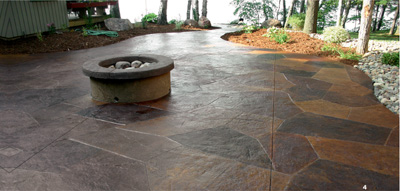
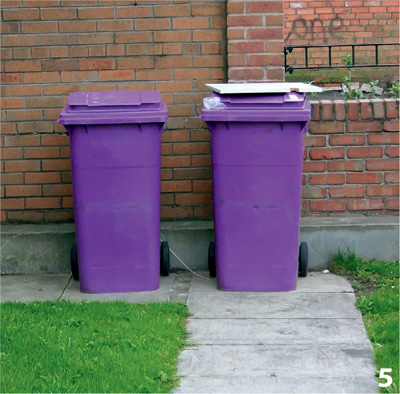
GALLERY Walkways, Patios & Steps
 Patio Concrete floors and fireplace join forces to make a classic yet intimate conversation spot.
Patio Concrete floors and fireplace join forces to make a classic yet intimate conversation spot.
 Steps Basic concrete entry steps are both practical and soothing as a neutral backdrop in landscapes.
Steps Basic concrete entry steps are both practical and soothing as a neutral backdrop in landscapes.
 Walkways Poured and stained concrete make up a geometric design element.
Walkways Poured and stained concrete make up a geometric design element.

Next page


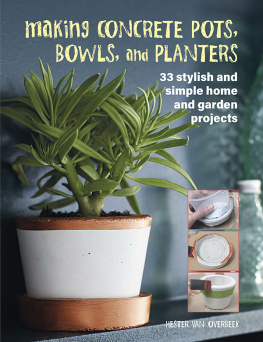


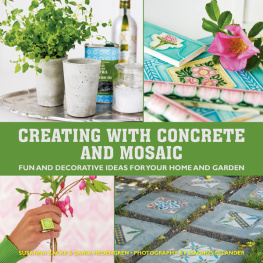
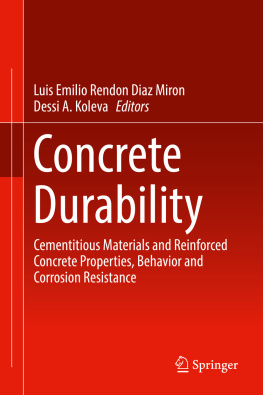
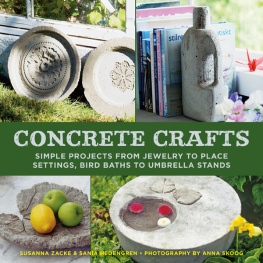






 In This Chapter
In This Chapter






